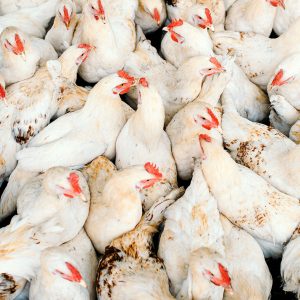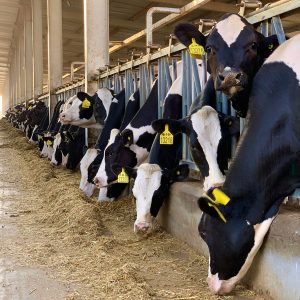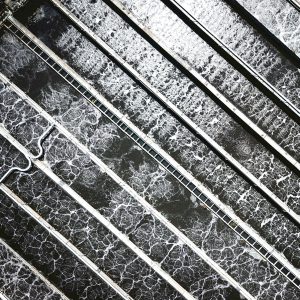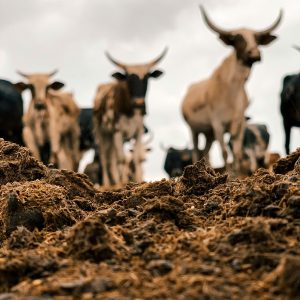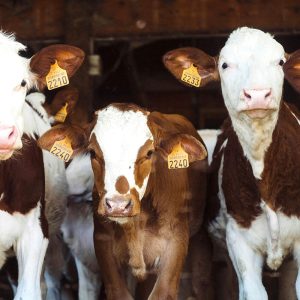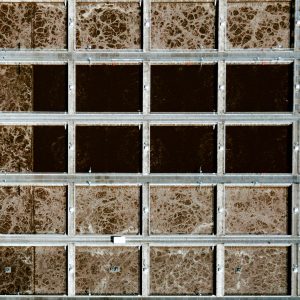The Metropolitan Water Reclamation District of Greater Chicago (MWRDGC) operates seven water reclamation plants that use the activated sludge process. At these plants, untreated solids undergo anaerobic digestion, followed by further processing at the Stickney and Calumet facilities. This biosolids management process yields a final product with about 60% solids, which serves various beneficial purposes. These include growing crops, constructing golf courses, and providing cover for landfills.
Historical Context
Before mid-1994, the procedures for creating this dried-solids product from anaerobically digested sludge lacked codification. The focus primarily rested on achieving 60% solids rather than ensuring a pathogen-free product. However, random quality control checks revealed that the resulting biosolids often met Class A criteria outlined in the 40 CFR 503 regulations. These criteria limit fecal coliform organisms, salmonellae, viruses, and viable helminth ova per gram of dry weight.
Full-Scale Studies of Biosolids Management
This discovery prompted MWRDGC to conduct full-scale studies to assess whether their systems could consistently produce Class A biosolids under controlled conditions. The studies involved two sludge processing trains (SPTs): a high-solids SPT (HSSPT) and a low-solids SPT (LSSPT).
Uncodified Operations
Both SPTs processed equal shares of solids from the anaerobic digesters:
- In the HSSPT, operators treated the anaerobic digester draw with a cationic polymer and dewatered it using centrifuges. This process resulted in a cake with about 25% solids. Workers then transported this cake by rail to a lagoon for further pathogen inactivation and stabilization.
- In the LSSPT, remaining digested solids were pumped into lagoons in batches filled over one to three years. The sludge layer thickened through evaporation before applying the next layer.
Codified Operational Protocols
The study introduced several codified protocols for both SPTs:
- The anaerobic digestion process maintained an average detention time of 20 days at 35°C.
- In the HSSPT, centrifugal dewatering operations remained unchanged. However, in the LSSPT, digested solids bypassed centrifugal dewatering.
- Both lagoons had a minimum solids holding time of 1.5 years. Additionally, specific operational modifications prevented new centrifuge cake from being added during this period.
Pathogen Content Analysis
From 1991 to mid-1994, before implementing strict operational controls, 90% of 48 air-dried final product samples met Class A fecal coliform criteria. Between October 1994 and September 1997, under controlled conditions, all 155 air-dried final product samples met Class A criteria for pathogens.Ultimately, these findings indicate that MWRDGC’s SPTs consistently produced a Class A product when operated under defined codified protocols. This success reinforces the importance of rigorous standards in biosolids management and highlights MWRDGC’s commitment to environmental safety and public health.
- Wastewater Treatment Innovations: Explore innovations in wastewater treatment.
- Environmental Regulations: Understand the impact of environmental regulations on wastewater management.
- MWRDGC Official Website: This link provides comprehensive information about the MWRDGC, including its facilities, operations, and commitment to environmental safety. MWRDGC Official Site .
- EPA Guidelines for Biosolids: This page from the Environmental Protection Agency outlines regulations and guidelines for managing biosolids, including Class A criteria. EPA Biosolids Management .
- ASCE – Biosolid Management Practices: This article discusses best practices in biosolid management and the importance of maintaining rigorous standards. ASCE – Biosolid Management .
- Natural Resources Conservation Service (NRCS): This resource offers guidelines for sustainable waste management practices, including composting and biosolid use. NRCS – Conservation Practices .
- Biosolids: A Resource for Agriculture: This article from the University of California discusses the benefits of using biosolids in agriculture, emphasizing their nutrient value. UC Agriculture – Biosolids .


